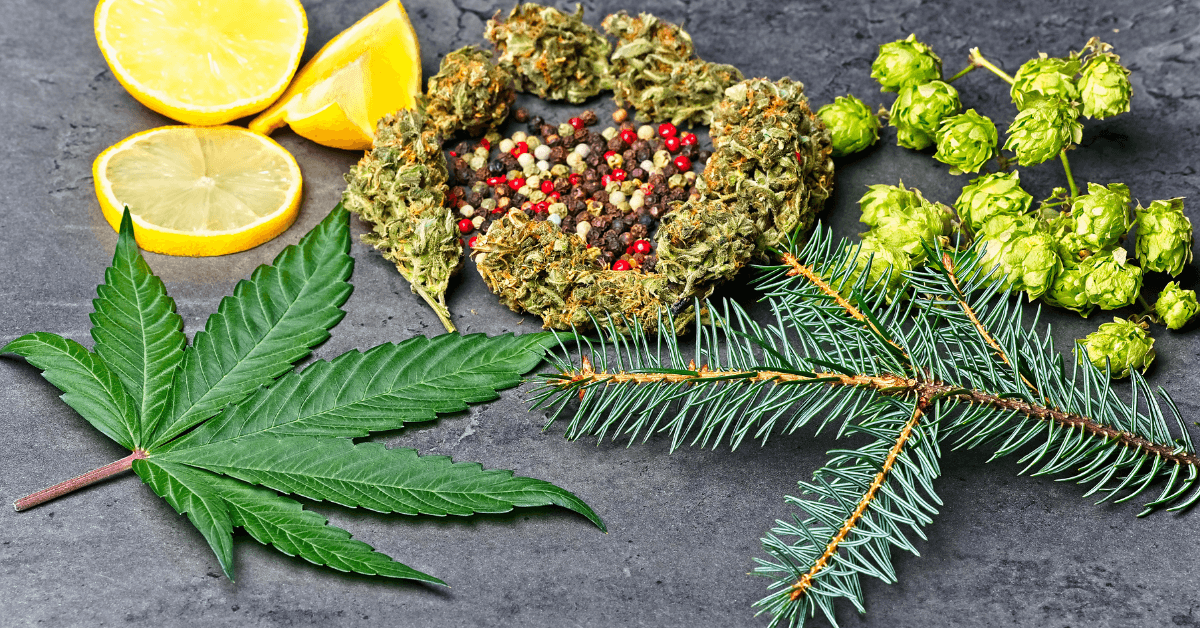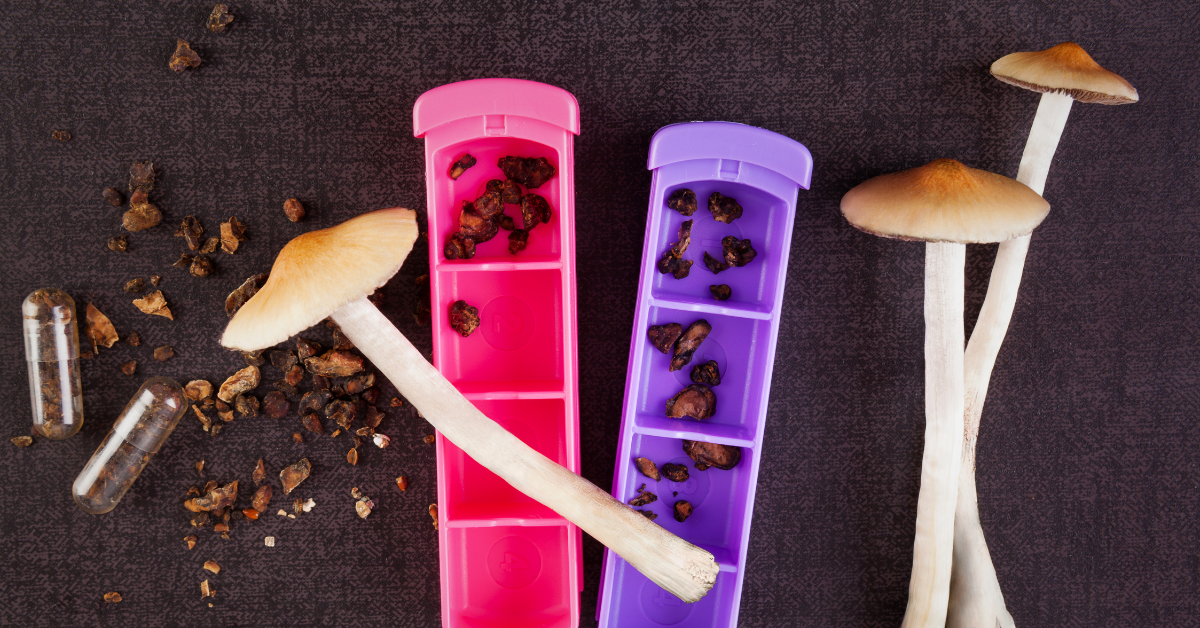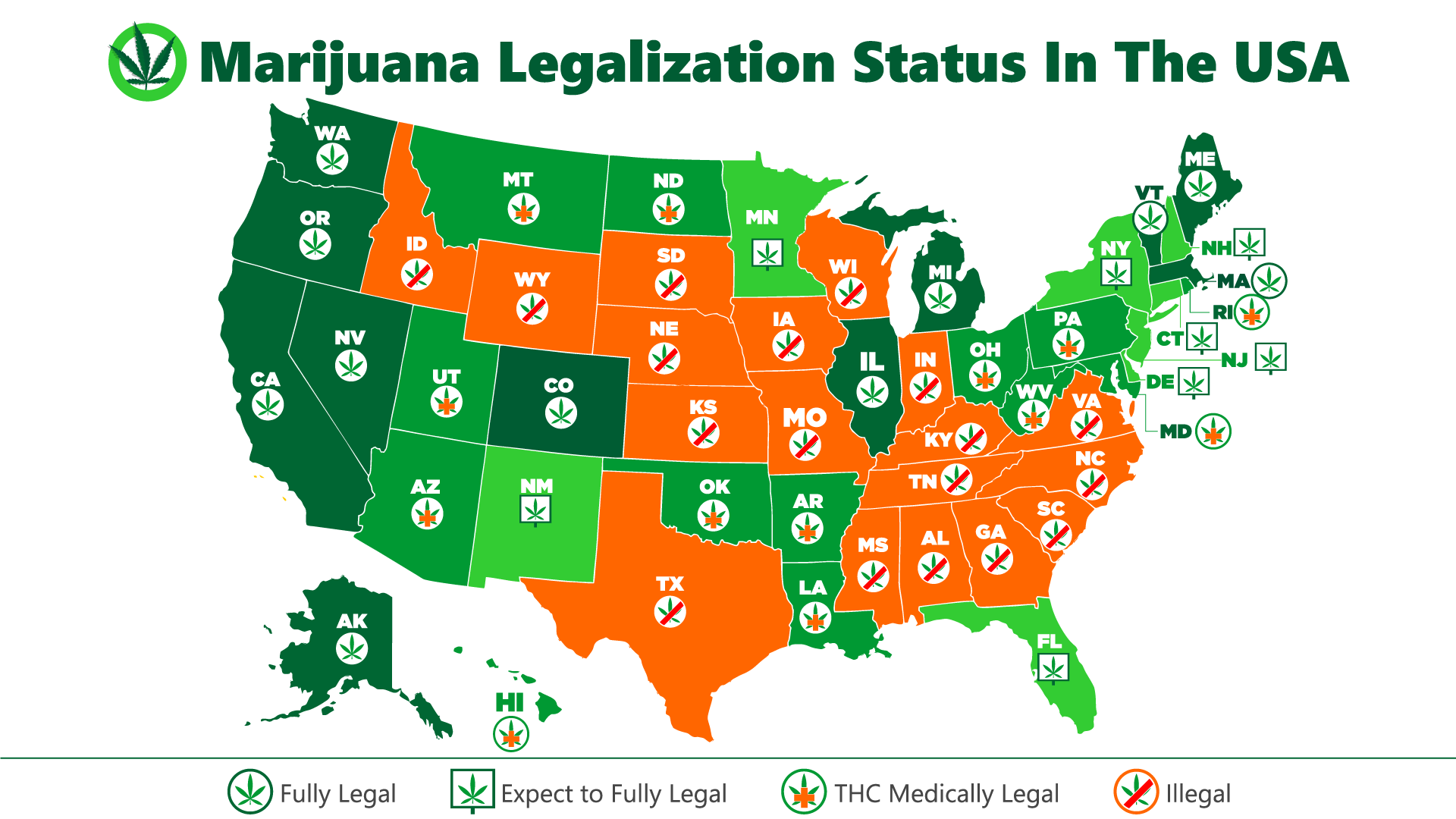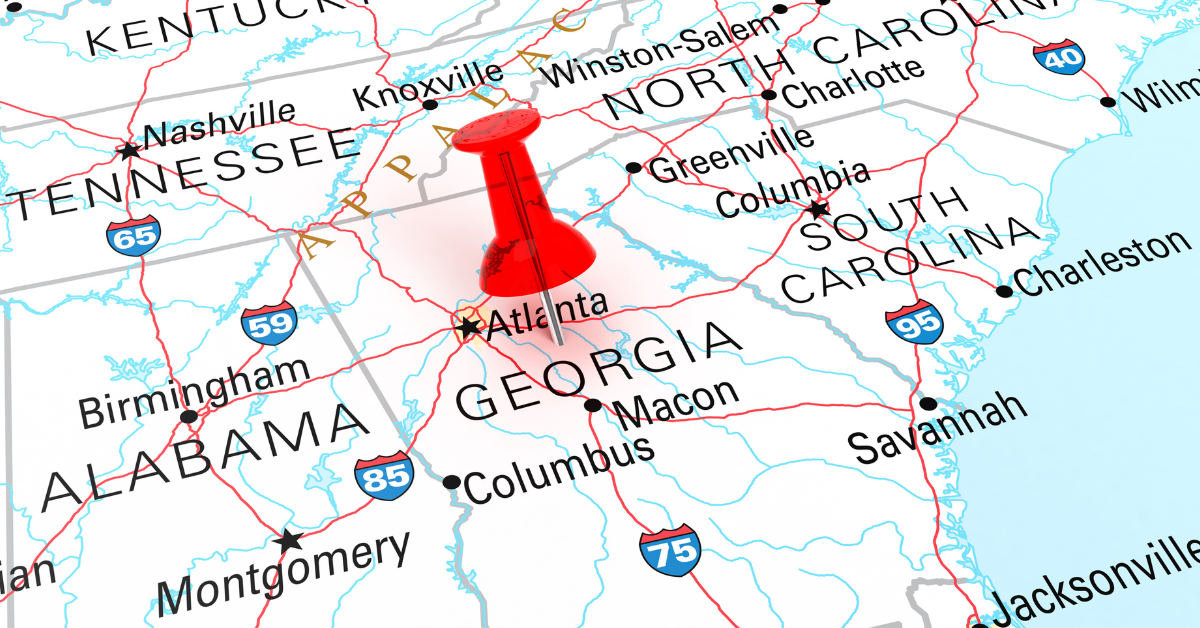About Terpenes – What They Do And Where To Easily Find Them
When talking about weed, the most common terms you hear are cannabinoids, sativa, and indica. However, lately, we have come across a less common term: terpenes.
Terpenes are naturally occurring compounds found in plants and in several animals. While most plants contain terpenes, some of the main sources are cannabis, citric fruits, and aromatic herbs like thyme, sage, and lavender.
What Do Terpenes Do?
They help give the plant flavors, aromas, and colors associated with certain types of vegetation. Terpenes also help plants attract pollinators and help others repel predators like foraging animals or insects.
Some terpenes act as protective agents for some plants by helping them recover from damages and keeping them away from germs and bacteria. While these properties mostly help the plants, what are terpenes used for?
Manufacturers isolate these terpenes to make scents and flavors in things like food, perfumes, and other body products. Others also use them to make dyes, pesticides, and cleaning solvents.
Cannabis terpenes are what give strains different aromas and tastes. As the cannabis plant dies, the cannabis terpenes oxidize to become terpenoids. People use cannabis-derived terpenes for different purposes like relieving anxiety, depression, and inflammation–depending on the type.
How Do They Compare To CBD and THC?
There are more than 100 cannabinoids present in the cannabis plant, but CBD and THC are the most common. While cannabinoids and terpenes can help you understand what to expect from a cannabis plant, they are different chemical compounds.
While terpenes help you identify the cannabis strain, they also interact with the endocannabinoid system. The body absorbs and uses them differently than it does CBD and THC. In full-spectrum cannabis, the three compounds work synergistically to give you the entourage effect.
That means they alter or enhance the effects of CBD and THC in your body. A few studies show that people who took CBD containing terpenes had better relief in epilepsy and anxiety than people who took pure CBD.
Common Terpene Types
There are around 400 known cannabis terpenes, but there are a few common ones with known effects. They include:
- Limonene
This is one of the most common, and many people can identify it by its smell, which resembles citric fruits. Its therapeutic properties include anti-inflammatory, antiviral, antioxidant, anticancer, and antidiabetic.
- Linalool
This terpene is found in the lavender plant and is useful in aromatherapy for its calming and relaxing properties. Apart from helping stress relief, it also has anti-inflammatory, anti-anxiety, neuroprotective, antimicrobial, and anticancer properties.
- Myrcene
Found in cannabis flowers, it is also abundant in plants like lemongrass, mangoes, thyme, and hops. It is a powerful antioxidant and helps in conditions like osteoarthritis and oxidative damage in the brain. It also has antibacterial and antifungal properties.
- Beta-caryophyllene
Found mainly in plants like black pepper, cloves, and rosemary, it effectively manages symptoms of depression and anxiety and has anti-inflammatory properties.
- Humulene
Mostly found in ginseng, hop plant, clove, and ginger, it has a spicy, woody, and herbal smell. It effectively prevents asthma and allergic reactions and has a protective property that could protect the cells from cancer.
- Beta-pinene
This has an earthy, spicy, and herbal smell. It is mainly found in coniferous plants, and contains anti-cancer and anti-depressant properties.
Where Can You Buy Terpenes?
Suppose you want to use cannabis-derived terpenes for a medical reason. In that case, there are many brick and mortar and online cannabis stores where you can buy them. But first, you need to check cannabis terpenes legal status in the state or country you are in before buying them.
You also have to verify that the shop you are buying from has a license and all necessary permits to legally sell the products. Find out where they get the terpenes from, and where and how the cannabis is grown. That way, you will know the terpenes do not have any contamination.
Like other cannabis products, ensure they have a third-party testing certificate for their products. The product should be fresh, which you can tell from the smell. Before using any terpenes, look at the concentration to determine how much you should take. Start with less than you think you need until you know how you respond. Remember, it’s easier to add more than to remove what you have already taken.
Lastly, keep a journal if you are trying different terpenes to determine which one works best for you, and which ingestion method is the best.





